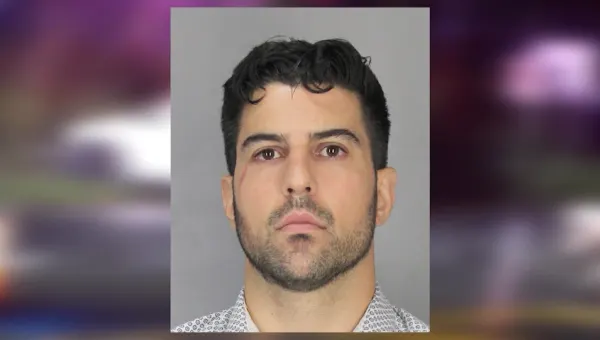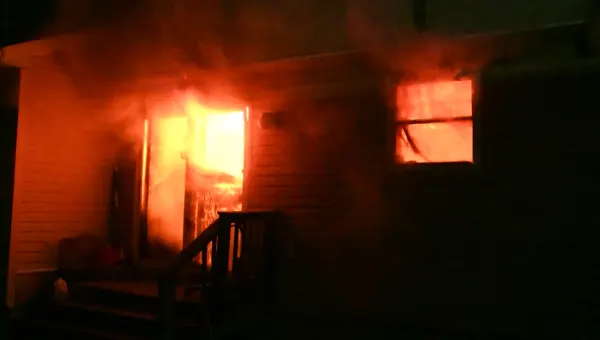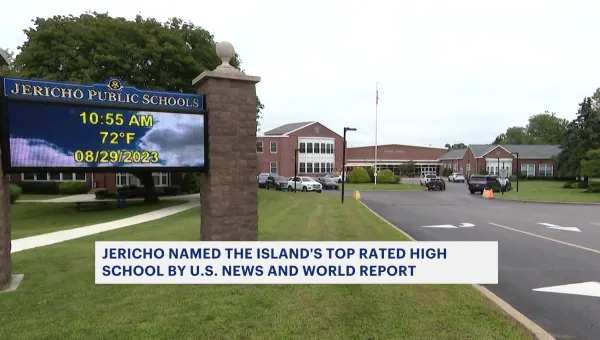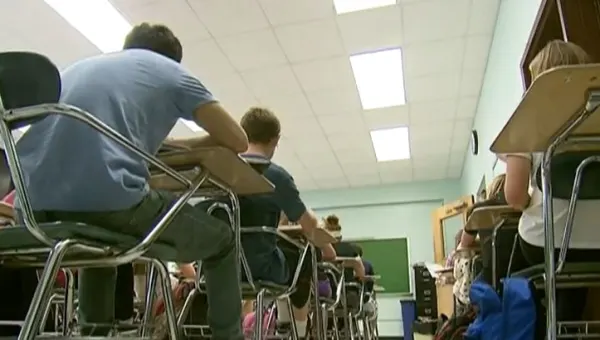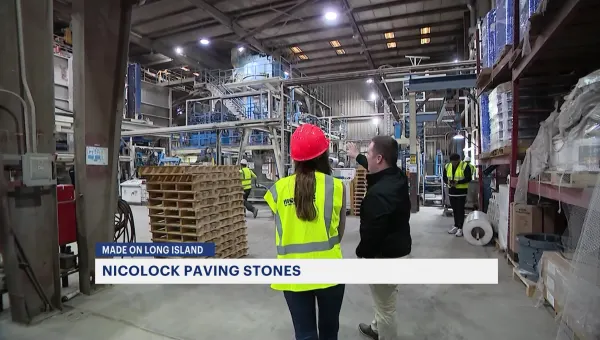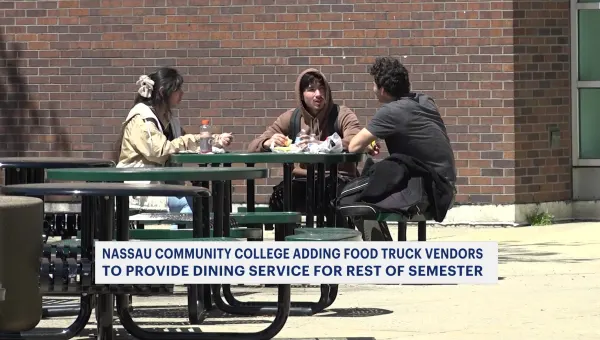Lawmakers question state health commissioner on handling of nursing homes
Cuomo's administration initially reported both deaths inside and outside of nursing homes. But by early May, the administration suddenly began excluding deaths outside of nursing homes - a step nearly no other state took.
News 12 Staff
•
Feb 25, 2021, 11:29 PM
•
Updated 1,152 days ago
Share:
More Stories
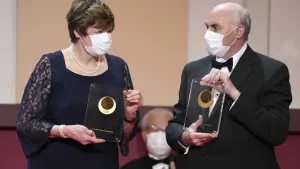
Nobel in medicine goes to 2 scientists whose work enabled creation of mRNA vaccines against COVID-19
204ds ago1:25

Pharmacies say they have not received orders for newest COVID booster
208ds ago0:21

Biden administration announces $600M to produce COVID tests and will reopen website to order them
215ds ago0:41
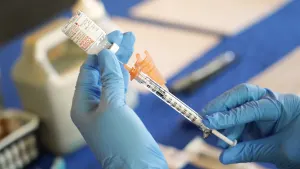
Gov. Hochul: Updated COVID-19 vaccine to be available in NY in the coming days
223ds ago2:13

NYSDOH: COVID numbers up with new variant accounting for 17% of new cases
256ds ago2:30

NYSHD: Hospitalizations caused by COVID increase by 22% in a week
264ds ago
Nobel in medicine goes to 2 scientists whose work enabled creation of mRNA vaccines against COVID-19
204ds ago1:25

Pharmacies say they have not received orders for newest COVID booster
208ds ago0:21

Biden administration announces $600M to produce COVID tests and will reopen website to order them
215ds ago0:41

Gov. Hochul: Updated COVID-19 vaccine to be available in NY in the coming days
223ds ago2:13

NYSDOH: COVID numbers up with new variant accounting for 17% of new cases
256ds ago2:30

NYSHD: Hospitalizations caused by COVID increase by 22% in a week
264ds agoNew York lawmakers challenged the state's health commissioner Thursday on Gov. Andrew Cuomo's proposed budget cuts and his administration's lack of transparency on outbreaks at nursing homes.
The Cuomo administration for months dramatically underreported the statewide number of COVID-19 deaths among long-term care residents, and a state attorney general report in January correctly estimated the administration’s tally didn’t include thousands of deaths. It is now over 15,000, up from the roughly 9,000 previously disclosed as of late January.
Cuomo's administration initially reported both deaths inside and outside of nursing homes. But by early May, the administration suddenly began excluding deaths outside of nursing homes - a step nearly no other state took.
That move, and the administration's months-long refusal to provide the full tally, has drawn criticism that Cuomo was trying to minimize the extent of the pandemic among the state’s most vulnerable at a time when he was lauded for his pandemic leadership, and to downplay whether his own policy decisions may have worsened outbreaks.
Health Commissioner Howard Zucker said at a legislative budget hearing Thursday that he wanted to “move forward” from questions about whether the administration’s March 25 directive in particular may have fueled some, if not all, nursing home residents.
The state’s directive said “no resident shall be denied admission” solely based on having or likely having COVID-19, while federal guidance said nursing homes can admit COVID-19 patients if they can follow infection protocols.
“It’s troubling to me that we keep going back to an issue where ... all the data has shown ... that this is not what brought the infection into the nursing homes,” Zucker told lawmakers.
A growing body of research does suggest that community spread is the biggest risk factor for outbreaks at nursing homes, but Cuomo's much-criticized July report didn't rule out whether the earlier directive played any role.
“Will you acknowledge that the residents going into the nursing homes are also causing the spread?” Assemblyman Jake Ashby, a Republican, asked.
Zucker didn’t answer a lawmaker’s question about whether the governor’s office directed him not to respond to lawmakers’ 2020 request for data on the number of nursing home residents who died of COVID-19.
The commissioner said the administration is “looking” at a state law providing partial immunity to nursing homes and hospitals amid the pandemic. Lawmakers rolled back that immunity last summer, but they left in place provisions that protect certain health care providers from being sued or prosecuted over care “related to the diagnosis or treatment of COVID-19.”
State Attorney General Letitia James last month called for New York to eliminate the immunity provisions, particularly as they applied to nursing homes that knowingly took on more patients than their staffs could safely handle.
The governor’s budget includes over $1 billion in Medicaid spending cuts on long-term care, and administrators of long-term care homes who weathered 1.5% cuts last year said the state’s nursing homes can’t handle anymore.
LeadingAge President and CEO James Clyne said the pandemic “destabilized” the long-term care system that was already facing severe financial problems, adding new pressures like providing personal protective equipment and required testing.
New York State Medicaid Director Donna Frescatore defended the cuts and pointed to the state’s increased minimum wage, which has driven up Medicaid spending on low-paid heath care employees in particular.
Health Commissioner Howard Zucker said New York’s Medicaid program is on track to “invest” $3.9 billion in minimum wage boosts by 2022, and pointed to the administration’s proposals to require a certain percentage of nursing revenue to go toward paying staff.
But Sen. Rachel May said lawmakers are hearing from scores of healthcare workers who are working multiple jobs to make ends meet, and criticized Cuomo’s proposed elimination of funding for recruitment and retention programs.
(Copyright 2021 The Associated Press. All rights reserved. This material may not be published, broadcast, rewritten or redistributed without permission.)
